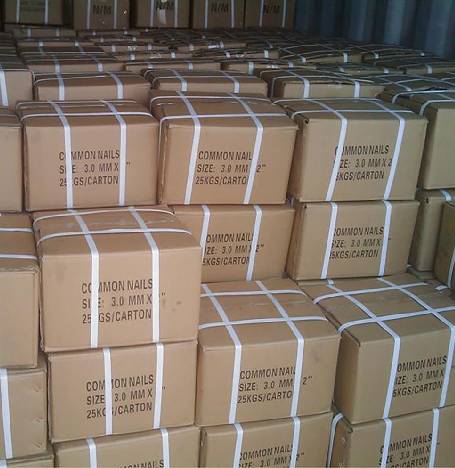building a barbed wire fence for cattle
Building a Barbed Wire Fence for Cattle
Building a barbed wire fence is an essential task for any cattle farmer. A well-constructed fence not only keeps your livestock safe and secure but also protects your property and crops from unwanted intrusions. In this article, we will explore the steps involved in building a sturdy barbed wire fence designed specifically for cattle.
Planning the Layout
Before picking up tools, it is crucial to plan the layout of your fence. Identify the boundaries of your pasture and the areas where you want to restrict cattle movement. Use stakes or paint to mark the corners and the line between stakes, ensuring you have a clear visual representation of where the fence will go. Consider any low-lying areas, water bodies, or natural barriers that might affect your fence's path.
Selecting the Right Materials
The success of your fence largely depends on the materials you use. For a typical cattle barbed wire fence, you will need
1. Barbed Wire A minimum of four to five strands is recommended for cattle. Ensure that the barbs are spaced appropriately to prevent cattle from jumping over or getting caught. 2. Fence Posts Wooden posts or metal T-posts can be used, with the spacing usually being around 8 to 12 feet apart. Corner and gate posts should be sturdier to handle tension.
3. Rails Depending on the design, you may want to include strainers or top rails for additional support, though this is more common in livestock handling areas than in main pastures.
5. Tools You will need a fence post driver, wire cutters, pliers, a level, and a measuring tape.
Installing the Fence Posts
building a barbed wire fence for cattle

Start by installing the fence posts. Dig holes that are at least two feet deep and spaced evenly apart. Ensure that corners and ends are reinforced with thicker posts that can handle greater tension. Use a level to keep the posts erect and straight. After placing the posts, backfill the holes with dirt or concrete for added stability, and tamp it down properly.
Stringing the Barbed Wire
Once the posts are securely in place, it’s time to string the barbed wire. Begin with the bottom strand, attaching it to the end posts using wire clips or insulators. Use a wire tensioner to ensure the wire is taut. Repeat this process for each successive strand, maintaining even spacing between wires, typically 12 to 18 inches apart. Make sure to leave sufficient distance between the bottom wire and the ground to prevent cattle from pushing underneath.
Tensioning and Securing the Wire
After all strands are in place, walk along the fence line to check for any slack. Tensioning the wire properly is essential to maintain the fence's integrity. If you notice sagging in any areas, adjust the tension accordingly. Use the tensioner to pull the wire tight while ensuring all posts are still aligned. Once satisfied with the tightness, secure the wire to the posts with the clips or insulators.
Adding Gates and Access Points
Gates are crucial for accessing pastures or moving cattle from one area to another. Choose appropriate locations for gates that conform to the design of your fence. Install the gate hardware securely and ensure that the gate swings freely without obstruction. Reinforce the gates with additional supports as needed, especially if you expect heavy usage.
Maintaining Your Fence
After the fence is constructed, regular maintenance is key to ensuring its longevity. Check for any loose wires, broken posts, or debris that could cause damage. Inspect the fence after severe weather or heavy use and make necessary repairs promptly. Keeping an eye on the fence ensures your cattle remain safe and secure, while also maintaining the integrity of your property.
Conclusion
Building a barbed wire fence for cattle may seem daunting, but with careful planning, the right materials, and consistent maintenance, you can create a secure enclosure for your livestock. A well-built fence not only protects your cattle but also provides peace of mind, allowing you to focus on what truly matters raising healthy, happy animals. Whether you're a seasoned farmer or a newcomer to livestock management, investing time and effort into your fencing project will pay off in the long run.
-
Weather Resistance of Woven Wire and Chicken Wire Fencing MaterialsNewsJun.05,2025
-
Umbrella Nails Innovations in Roofing Fasteners for Wind ResistanceNewsJun.05,2025
-
Modern Barbed Wire Fence Designs for Perimeter ProtectionNewsJun.05,2025
-
How Iron Nail Wire Enhances Nail Strength and Installation EfficiencyNewsJun.05,2025
-
High-Security Razor Fence Solutions for Perimeter ProtectionNewsJun.05,2025
-
Durable Wire Netting Fence Solutions for Animal EnclosuresNewsJun.05,2025




